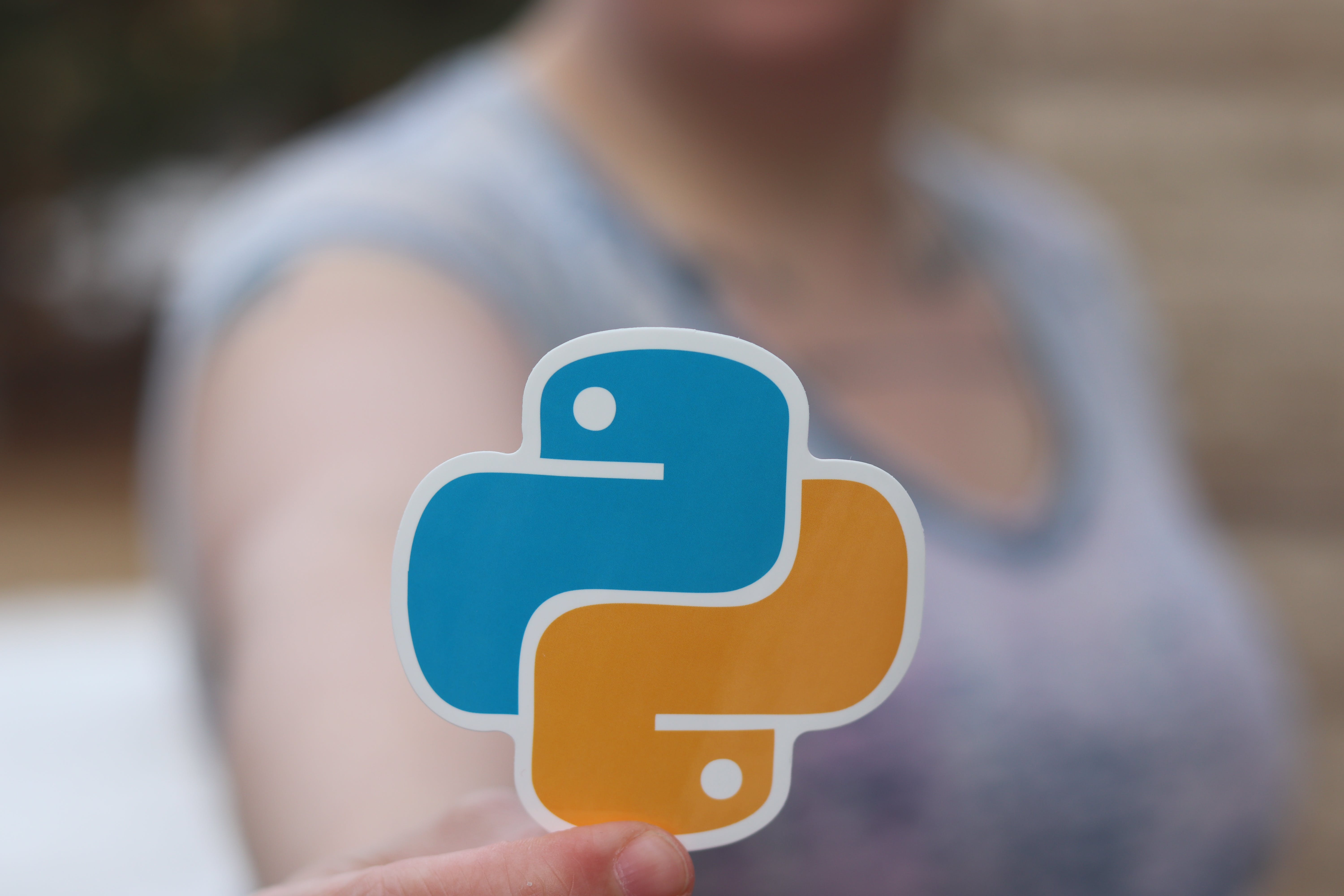
Power and Future of Python
Power and Future of Python
Python, with its simplicity, versatility, and robust community support, has become a powerhouse in the world of programming. From web development to artificial intelligence, Python has left an indelible mark on the technology landscape. In this article, we will delve into the various aspects that make Python a dominant force and explore its future trajectory.
Introduction to Python
Python, created by Guido van Rossum in the late 1980s, has evolved into one of the most widely used programming languages globally. Its open-source nature and ease of learning have contributed to its popularity among beginners and seasoned developers alike. The language's versatility allows it to adapt to various applications, making it a favorite among developers.
Python's Power in Versatility
One of Python's key strengths lies in its versatility. Whether you're building a website, analyzing data, or developing machine learning models, Python can do it all. Its syntax is designed to be readable and concise, allowing developers to express concepts in fewer lines of code compared to other languages.
Python's Simple and Readable Syntax
The simplicity of Python's syntax is a standout feature. Beginners find it easy to grasp, and experienced developers appreciate the reduced development time it offers. The readability of Python code is akin to writing in plain English, making collaboration among developers seamless and efficient.
Libraries and Frameworks in Python
Python boasts a rich ecosystem of libraries and frameworks that enhance its capabilities. Libraries like NumPy and Pandas simplify complex mathematical operations, while Matplotlib aids in data visualization. For web development, Django and Flask are go-to frameworks, streamlining the creation of robust and scalable applications.
Python's Role in Machine Learning and AI
In the realm of artificial intelligence and machine learning, Python has emerged as the language of choice. Its extensive libraries, such as TensorFlow and PyTorch, provide the tools needed to build and deploy advanced machine learning models. Python's role in driving innovations in AI is undeniable.
Community Support and Documentation
Python's success is not solely attributed to its technical capabilities. The vibrant and inclusive Python community plays a crucial role. Developers around the world actively contribute to forums, share knowledge, and collaborate on projects. The availability of well-documented resources further facilitates the learning process for newcomers.
Continuous Development and Updates
Python's commitment to staying relevant is evident in its regular updates. The language undergoes continuous refinement, introducing new features and optimizations. This commitment ensures that developers can leverage the latest advancements to enhance their projects.
Python vs. Other Programming Languages
Comparing Python with other programming languages highlights its unique advantages. Unlike languages that prioritize strict syntax rules, Python's focus on readability and simplicity sets it apart. This flexibility, coupled with its extensive libraries, positions Python as a preferred choice for a wide range of applications.
Job Opportunities for Python Developers
The demand for Python developers continues to rise, creating abundant job opportunities. Companies value Python skills for their versatility and applicability across diverse projects. Whether it's web development, data analysis, or machine learning, Python developers are in high demand in the job market.
Challenges and Concerns with Python
While Python has garnered widespread acclaim, it is not without challenges. Some critics cite concerns about the language's speed, particularly in comparison to languages like C++. However, ongoing improvements and optimizations address these challenges, ensuring Python remains a competitive choice for developers.
Python in Education
Python's simplicity and readability make it an ideal language for educational purposes. Many universities and schools use Python as the introductory language for programming courses. Its beginner-friendly nature allows students to focus on learning programming concepts without being overwhelmed by complex syntax.
Future Trends in Python Development
Looking ahead, the future of Python appears promising. The language is expected to play a pivotal role in emerging technologies such as edge computing, quantum computing, and the Internet of Things (IoT). Python's adaptability and robust ecosystem position it as a frontrunner in shaping the technological landscape.
Best Practices for Python Programming
To harness the full power of Python, developers should adhere to best practices. Writing clean and efficient code, following coding standards, and leveraging the appropriate libraries and frameworks contribute to the overall success of Python projects. Embracing good programming practices enhances code maintainability and collaboration.
Case Studies and Success Stories
Real-world applications underscore Python's impact. From building scalable web applications to powering breakthroughs in scientific research, Python has been instrumental in numerous success stories. Case studies showcase the language's versatility and its ability to address complex challenges across different industries.
Conclusion
In conclusion, Python stands as a programming juggernaut, powering diverse applications and innovations. Its simplicity, versatility, and supportive community make it an invaluable tool for developers worldwide. As we navigate the ever-evolving technological landscape, Python's influence is set to grow, shaping the future of programming and technology.
FAQs
-
Is Python suitable for beginners in programming?
- Yes, Python's simplicity makes it an excellent choice for beginners.
-
What job opportunities are available for Python developers?
- Python developers are in demand across various industries, including web development, data science, and machine learning.
-
How does Python compare to other programming languages like Java?
- Python's readability and versatility give it an edge over languages like Java, especially in certain application domains.
-
What are the challenges associated with Python?
- Some challenges include concerns about speed, but ongoing improvements address these issues.
-
Can Python be used for artificial intelligence and machine learning?
- Absolutely, Python is a dominant language in the fields of AI and machine learning, thanks to its robust libraries and frameworks.
Contact
I would love to hear from you soon. If you want to hire me for your project just leave a message here by filling the for contact form or use my other contact methods (Email, Whatsapp)
